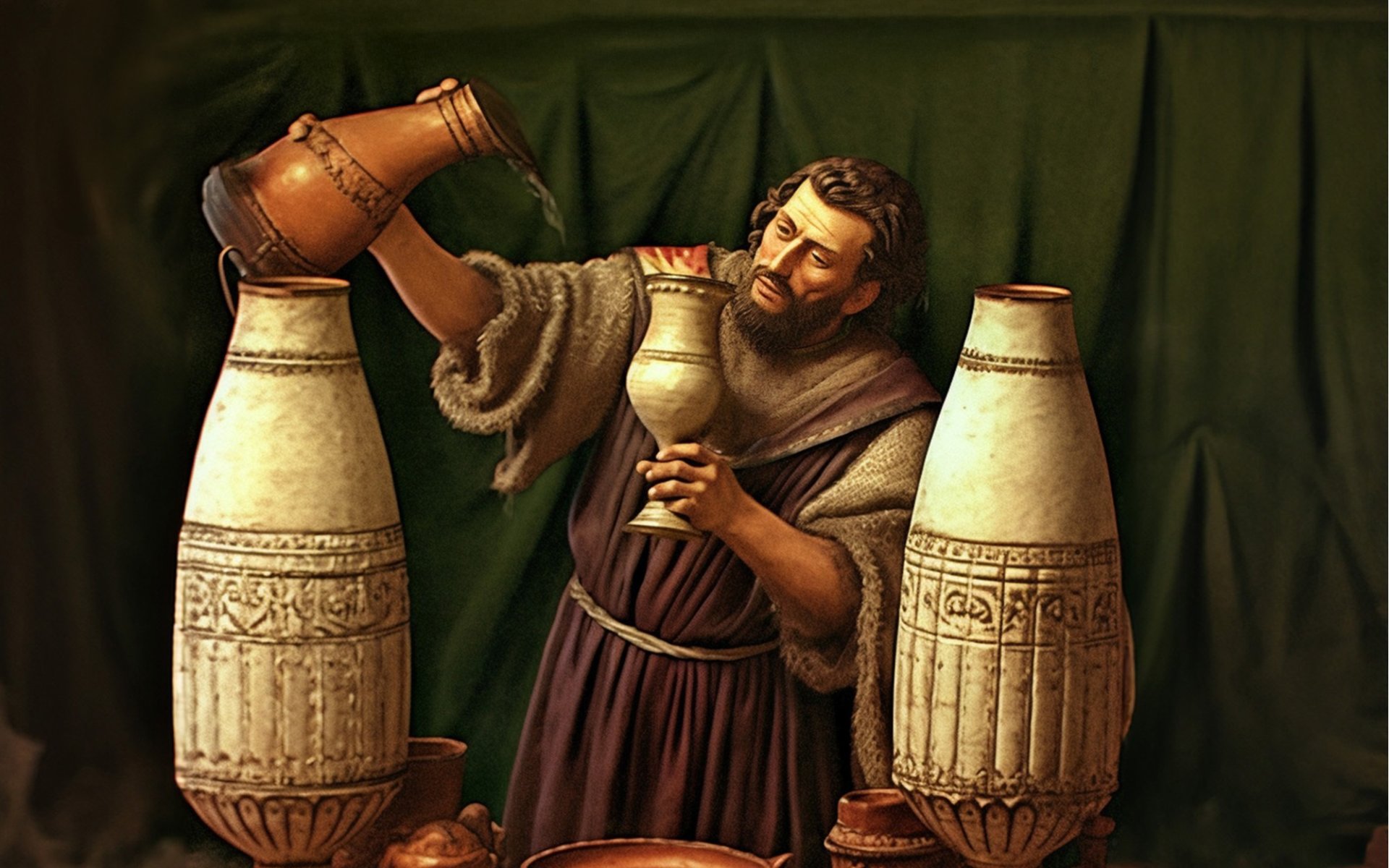Hippocras

Throughout its long history, various beverages have played prominent roles in different eras. Dating back to ancient Greek and Roman times, a new type of drink began to be developed: Hippocras. This was due to the common contamination of water with pathogens back then, making alcoholic beverages a safer alternative. Today, Rimping Supermarket will delve into the fascinating story of this ancient drink.
What is Hippocras?
Hippocras is a beverage made from wine blended with honey, herbs, and spices such as cinnamon, clove, ginger, and nutmeg. This combination yields a complex, sweet, and aromatic flavor profile. It is widely believed to have been invented by Hippocrates, the famous Greek physician, often known as the Father of Medicine.
Early Purpose and Spread
Historically, Hippocras was initially conceived for medicinal purposes, believed to aid digestion, stimulate blood circulation, and boost immunity. However, as plain water became increasingly contaminated with pathogens, people began to incorporate this drink more into their daily lives, leading to its widespread recognition. The oldest known recipe for Hippocras was found in the 4th-century Roman cookbook, Apicius De Re Coquinaria, confirming its existence in that era.
Hippocras in the Middle Ages: A Drink for the Elite
Later, during the European Middle Ages, Hippocras gained widespread popularity among the aristocracy and clergy. It was often served at feasts, social gatherings, and religious ceremonies, highly esteemed for its novel taste and medicinal properties. It was typically served after meals to aid digestion. During this period, a Hippocras recipe was discovered in the 14th-century English manuscript, The Forme of Cury.
During this time, the preparation of Hippocras was considered an art form. Before serving, all the spices had to be strained out. It was then served in ornate vessels to elevate the drink's status at royal banquets. Additionally, during the Middle Ages, Hippocras saw the development of diverse recipes, with various other spices being experimented with to create unique new flavors.
Crossing Social and Cultural Boundaries
As time passed, Hippocras transcended social boundaries, becoming popular among people of all classes. Each household began to develop its own unique recipes, passing them down through generations. This led to a wide variety of Hippocras flavors and forms across different regions, reflecting the adaptability and enduring popularity of this beverage.
Decline and the Enduring Legacy of "Spiced Wine"
However, despite its historical prevalence, in the 18th century, the popularity of Hippocras gradually declined over time. Nevertheless, other forms of spiced wine continued to thrive and remain popular today, such as:
- Wassail: An English spiced drink made from cider, ale, or wine, traditionally consumed during festive seasons.
- Sangria: A refreshing and versatile wine-based fruit punch from Spain.
- Gløgg: A Swedish spiced wine, popular during winter and the Christmas season.
- Mulled Wine: A popular Christmas holiday drink in Germany and other European countries, bearing the closest resemblance to Hippocras.


